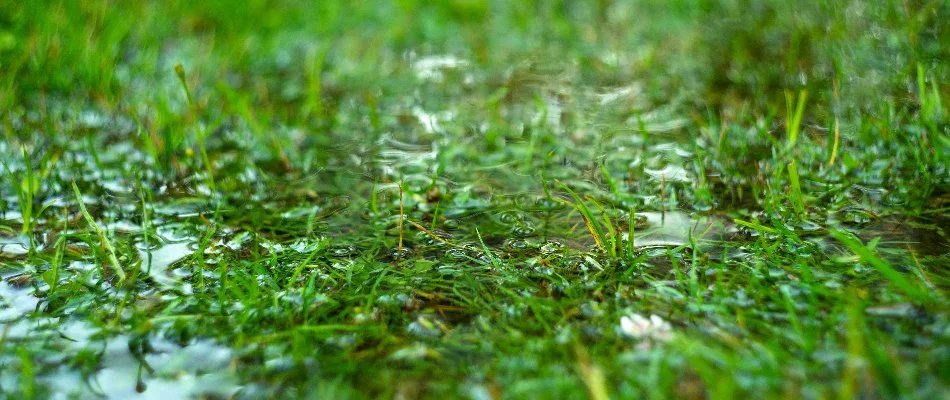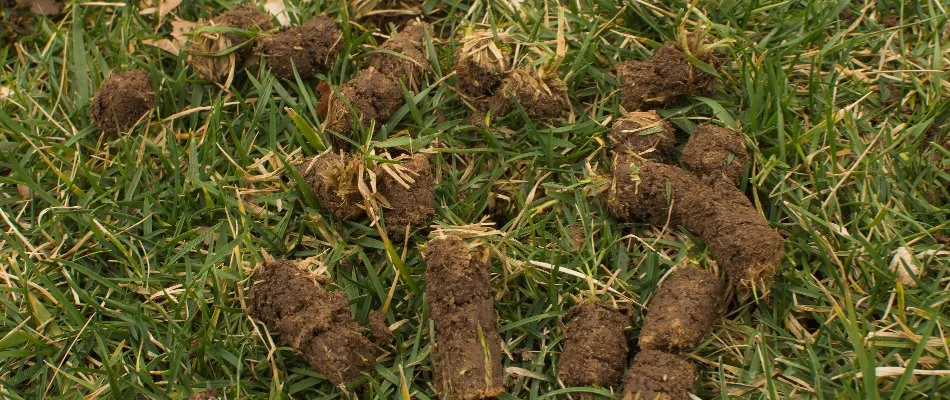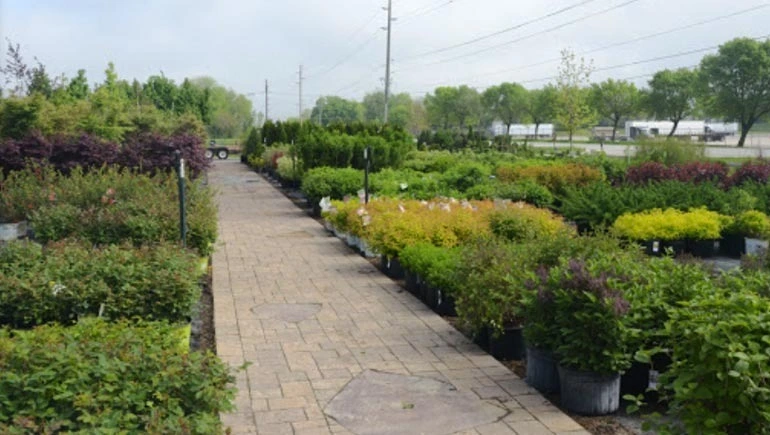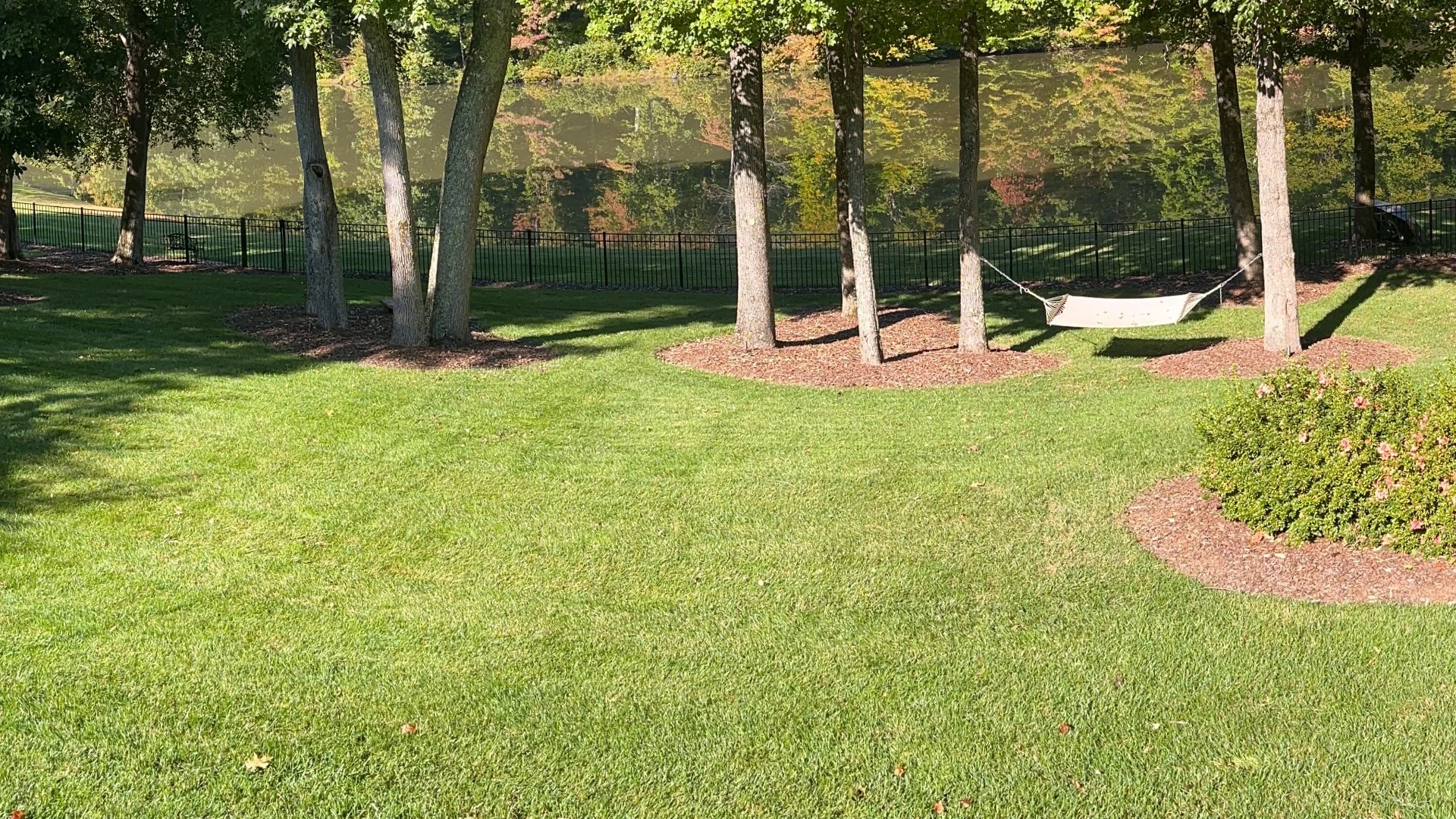Soil compaction can be a serious issue for your lawn in Iowa. It can block your grass from accessing the resources it needs to thrive, resulting in a variety of problems. Fortunately, there are signs you can look out for to determine if your lawn is suffering from soil compaction. These signs include your lawn struggling to stay green, water pooling on your lawn, and thinning or patchy areas on your lawn. If you notice these signs, you should schedule an aeration service. Aeration is the process of loosening compacted soil to make it easier for nutrients and other resources to reach the roots of your grass.
Your Lawn Struggling to Stay Green Is a Sign of Soil Compaction
Even with regular applications of fertilizer, you might notice that your lawn is struggling to stay green. This could be a sign of soil compaction. When soil particles are packed tightly, there’s little room for air, water, and nutrients to penetrate. Grass requires a balance of these elements to thrive. Despite your efforts to feed the lawn, compacted soil restricts root growth and nutrient uptake, making it difficult for grass to absorb the nourishment it needs. This results in a dull, lifeless appearance that can be frustrating despite consistent care.
Pooling water on your lawn is a sign of soil compaction.

Another telltale sign of soil compaction is water pooling on your lawn. Compacted soil leads to poor drainage because the tightly packed particles impede water movement. Instead of seeping into the ground, water collects on the surface or runs off, leaving your lawn soggy and waterlogged. This not only deprives the grass of adequate hydration but can also lead to root rot or fungal diseases. Water pooling indicates that the soil structure needs to be addressed to improve drainage and promote a healthier lawn environment.
Thinning or patchy areas on your lawn can point to soil compaction.
Compacted soil often results in thinning or patchy areas on your lawn. Without access to necessary nutrients, water, and air, grass struggles to grow uniformly. You’ll notice areas where the grass is thin, weak, or completely barren. These patches occur because the roots cannot expand or absorb what they need from the soil. The lack of proper growth conditions hampers the grass’s ability to recuperate from regular wear and tear, leading to persistent bald spots even after re-seeding attempts.
What should you do if your lawn is suffering from soil compaction?

The most effective solution to combating soil compaction is scheduling an aeration service. Aeration involves perforating the soil with small holes to allow air, water, and nutrients to penetrate the roots. This process helps break up compacted areas, improving soil structure and promoting healthy root development.
Aeration revitalizes your lawn by enhancing its ability to absorb essential components, encouraging thick and robust grass growth. Typically, it’s advisable to aerate during the growing season when the grass can heal and expand quickly. Depending on the severity of compaction, you might need to aerate once or twice a year.
Call us today to schedule our aeration service!
If your lawn is struggling to stay healthy because of soil compaction, you've come to the right place for the perfect solution. Here at A+ Lawn & Landscape, we offer our aeration service to residential and commercial properties, as well as HOAs, in Des Moines, West Des Moines, Ankeny, and other nearby areas in Iowa.
This service involves using an aerator machine to create small holes in the soil to relieve soil compaction and make it easier for nutrients and other resources to reach the roots of your grass. Don't wait any longer to help your lawn reach its full potential - call us today at (515) 289-2020 to schedule our aeration service!





Comments (0)
Thanks for your comment!
Thanks for your feedback! Your comments have been successfully submitted! Please note, all comments require admin approval prior to display.
Error submitting comment!
There is a problem with your comment, please see below and try again.